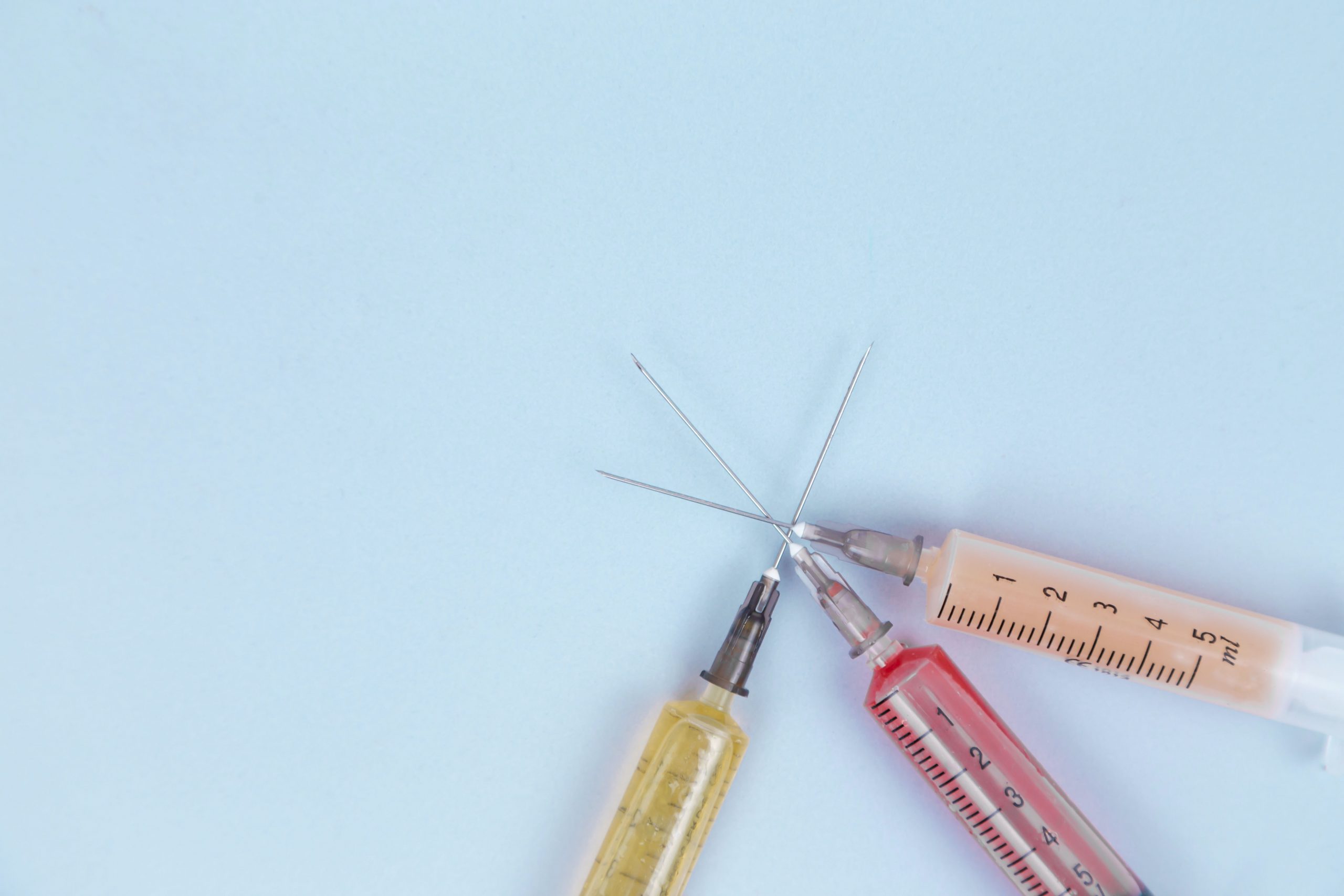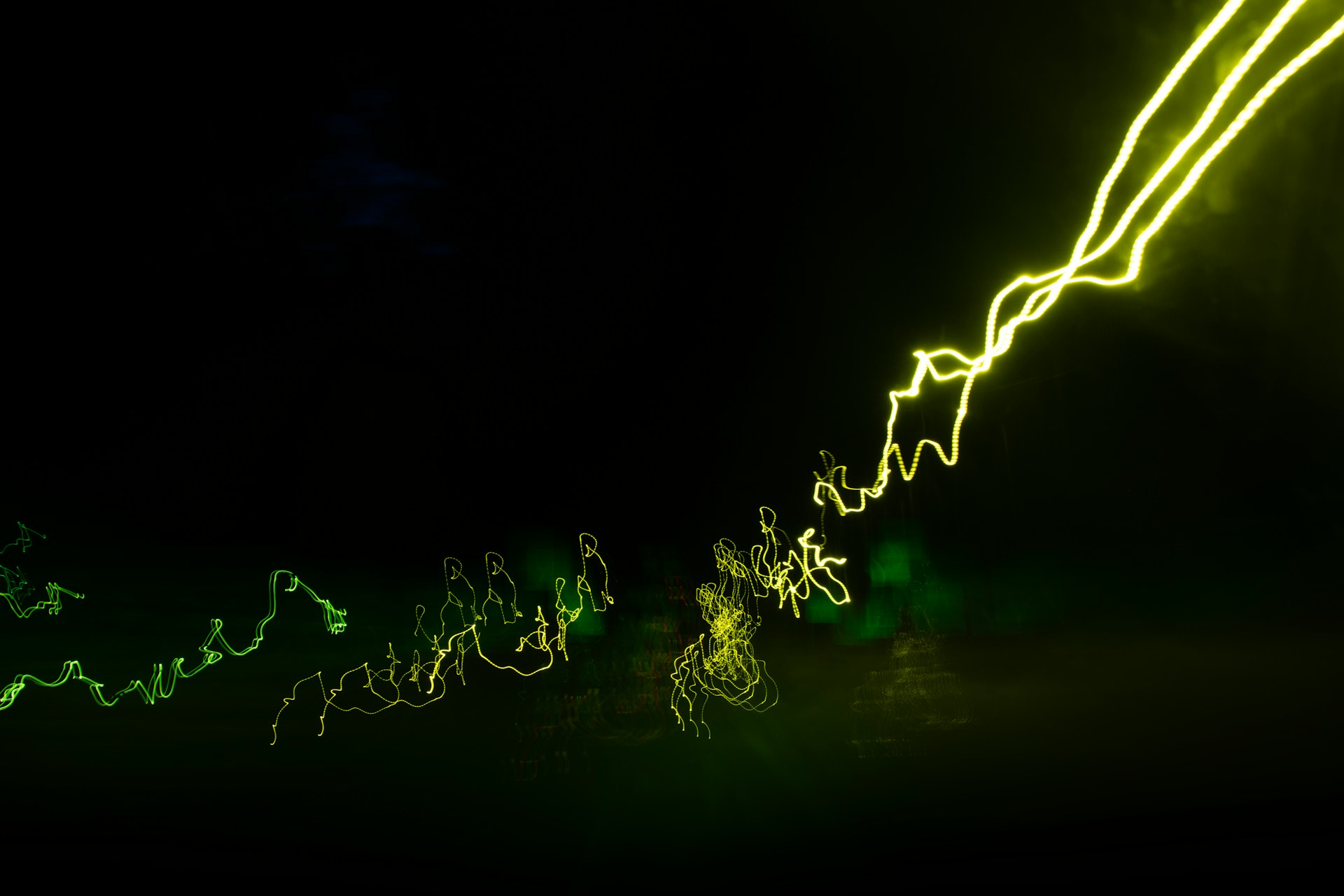By Emilia Schmid
Creative design is the foundation of science. To be a successful scientist, visionary ideas, innovative experimental designs and imaginative alternative hypotheses are all essentials: Creativity is required in order to make scientific breakthroughs.
Hindering creativity through cultural norms will have a strong impact on technological and scientific progress, thereby hindering the progress of civilisation in general. This has been demonstrated not by one case study, but by a plethora of examples throughout human history.
Nevertheless, the relationship between creative design and science is not as unidirectional as it might seem, rather a symbiosis. As a suckerfish and a whale live in mutually beneficial harmony, science, and creativity go hand-in-hand—scientific progress gives creativity the foundation needed to spread its wings as much as creativity allows science to fulfil its true potential.
Despite this symbiosis, the creative arts and science were historically viewed as two strictly segregated domains.
Creative design might have been recognised as significant for science, but the magnitude of its relevance has not been properly appreciated. When we look to the cutting edge of both science and design, the lines separating the disciplines become blurred and a synergy is indisputable.
Using engineering as a bridge to connect scientific ability with innovation in creative design, synthetic biology is currently taking the world of science by storm. The exponentially growing multidisciplinary field of research aims to re-design existing, as well as construct completely novel, biological systems. With our skills in this area expanding day by day, the role of synthetic biology in everything ranging from drug development to the fashion industry is becoming increasingly significant. In turn, science is also utilised in art to bring creative visions to life.
British visual artist Anna Dumitriu, for instance, uses CRISPR/Cas gene editing and DNA transfection, the insertion of foreign genetic information into a cell, to produce her work. She employs live bacteria to create art that brings attention to matters she wishes to see discussed in both society and science. The pioneers at the pinnacle of discovery in both creative arts and science seem to be utilising the benefits of the two domains’ symbiosis.
Synthetic biology provides solutions to many of the issues our world is struggling with: Ranging from novel sustainable practices with environmental benefits or vaccines and drugs that aid in slowing down the speed of the antimicrobial resistance crisis dawning on us. Even issues such as world hunger can be combatted effectively with genetic manipulations of plant and animal-based nutrition.
Our culture and society must be prepared to change its perception of living systems. What were once elements that we could utilise only in the way they had been originally designed, now underlie only the power of our creativity.
The extent of control humans can exert over biological systems, although daunting to large parts of the population, is indisputably impressive and gives us the power we so desperately require to find solutions to our current global issues.
If we want to apply synthetic biology to fulfil this purpose, we must stop viewing the creative arts and science as separate, distinct domains. There have been many examples during the past decades in which humans have used science to re-design natural systems into what we perceive to be art—we take animal breeding and agricultural alterations to food items as an example.
The shape of a banana, the colour of a flower, the face of a Pitbull have all been altered from their original, natural phenotype to one corresponding to the humans’ sense of ‘beauty’.
It is evident that controlling living systems has long been of interest to technologically advanced populations, but not necessarily for the correct end goals. Rather than altering cultivated biological forms of life to fit our specific frameworks of attractiveness, we should put our creative minds to bigger issues at hand.
How can we use science to solve the problems of our modern society? How can we harness the power of scientific manipulation of the natural world to promote our cultural and societal ideas for a better future? At what point are there limits to this; when should we stop?
Additionally, we should look further than the evidential choices for applications of synthetic biology. Yes, we can create new medicines and manipulate harvests to cater to the needs of an ever-growing and always hungry world population, but even seemingly unrelated domains such as the fashion industry can improve our civilization with novel, sustainable textiles.
Californian biotech start-up Bolt Threads works on such a solution against the environmentally hazardous impact of the textile industry. They have managed to synthetically engineer spider silk, one of the strongest, most durable materials relative to weight, in a completely vegan manner.
Bolt Threads are now partnering with big-name brands that will give this product an actual impact on the fashion industry. Sustainable practices in fashion demonstrate only one of many ways in which innovative design with synthetic biology can challenge existing cultural norms. These norms, separating science and creativity, have been in place for decades, meaning that defying them can lead to a re-design of the future of entire industries.
Inappropriate human intervention with natural systems has had many detrimental effects on the nature of our planet that will impact future generations in ways that we cannot fathom. Nevertheless, human intervention might also be the sole manner in which these global issues can still be tackled at this stage of development. Maybe, by learning more about the creative opportunities synthetic biology can give us, we can hand ourselves the tools to fix the issues we have been accumulating over centuries.
If we want to be successful, we must be ready to connect the domains of creative design and science at more than just the cutting edge of development, bringing the disciplines closer together than ever before.





